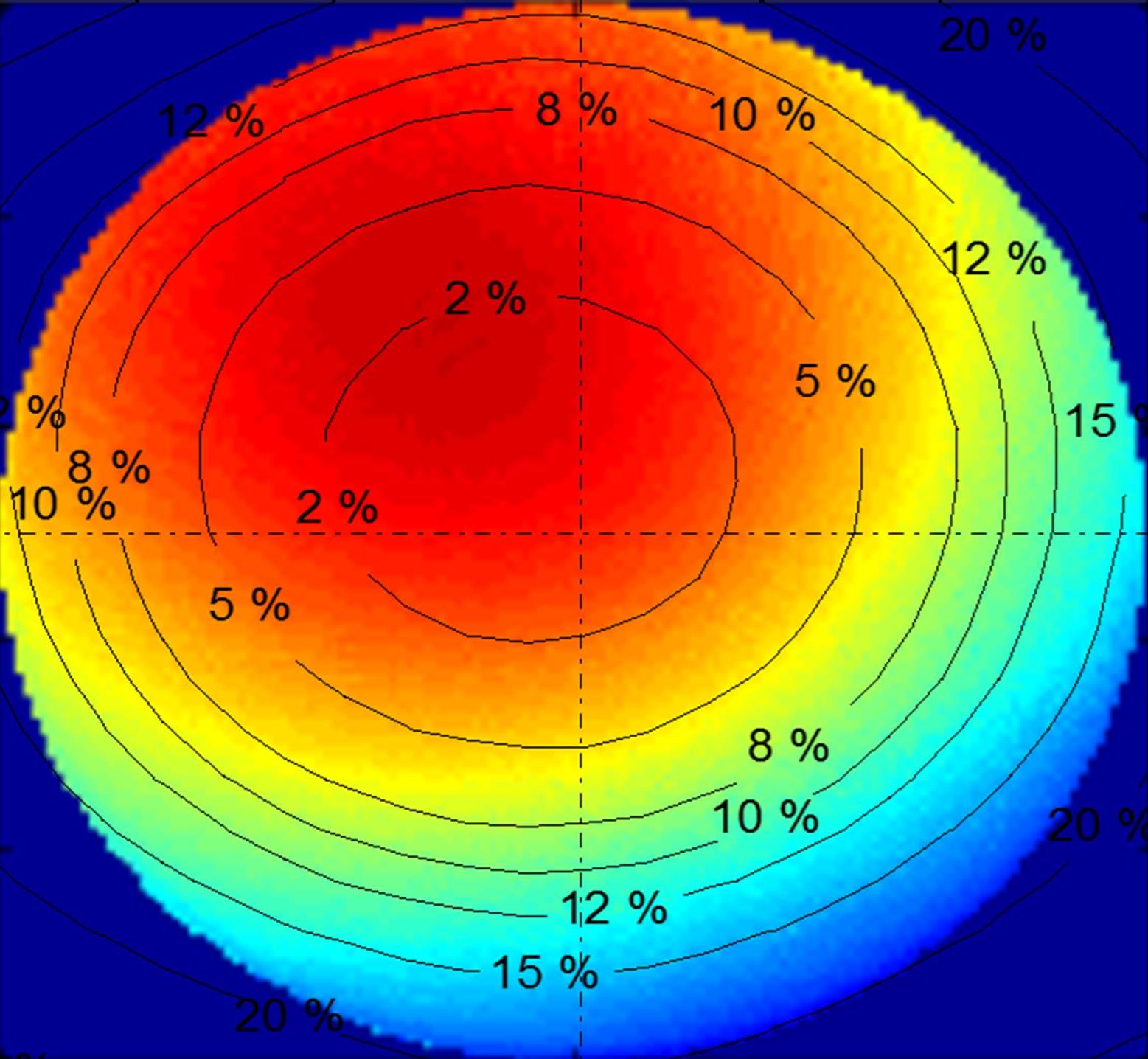Microwave cavities for vapour-cell atomic clocks
Key members
- Prof. Gaetano Mileti (gaetano.mileti@unine.ch)
- Dr. Christoph Affolderbach (christoph.affolderbach@unine.ch)
In this project we focus the research effort on the design and properties of microwave resonator cavities and their application in compact high performance vapour-cell Double Resonance (DR) atomic clocks. Many resonating cavities can be found in literature for the use in the physics package of vapour-cell atomic clocks, but a precise understanding on the influence of the microwave performances of the cavity on the clock performances is generally lacking. In this project we wish to bridge this gap by doing a general theoretical study on cavities for vapour cell DR systems, and by applying these results to develop a general design and optimization procedure for the microwave cavity, that are first applied to the classic Loop-Gap Resonator [3] (activities carried out at EPFL-LEMA). As a complementary experimental study, our LTF team addresses spectroscopic studies of the realized microwave cavities, in which the Rubidium atomic vapour serves as highly sensitive sensor for the generated microwave field. In particular, information on the microwave field geometry can be obtained, and the measurement of Zeeman transitions helps characterizing the relative strength of the longitudinal component and its homogeneity across the vapour cell. More elaborated Double Resonance spectroscopic studies - including pulsed interaction schemes-allows to evaluate more precisely the characteristics of the microwave field and the application potential of the selected cavity in a future high performance atomic clock [1, 2].

Comparison of simulated (black lines contour plot) and experimentally measured (colour scale) amplitude of the axial (pi-polarization) microwave magnetic field inside the cavity [2]. Measurement performed in collaboration with the group of Prof. P. Treutlein, University of Basel.
This activity is supported by the Swiss National Science Foundation SNSF, project no. 140712 "Microwave Cavities for High Performance Double Resonance Atomic Clocks and Sensors". Main applicant: Prof. A. K. Skrivervik, EPFL-LEMA, .
Relevant publications
- S. Kang, C. Affolderbach, F. Gruet, M. Gharavipour, C. E. Calosso, G. Mileti, “Pulsed optical pumping in a Rb vapour cell using a compact magnetron-trype microwave cavity”, Proceedings of 28th European Frequency and Time Forum (EFTF), Neuchâtel, Switzerland, June 22 - 26, 2014. PhP
- A. Ivanov, T. Bandi, G.-X. Du, A. Horsley, C. Affolderbach, P. Treutlein, G. Mileti, A. K. Skrivervik, “Experimental and numerical study of the microwave field distribution in a compact magnetron-type microwave cavity”, Proceedings of the 28th European Frequency and Time Forum (EFTF), Neuchatel, Switzerland, June 22 - 26, 2014. (students’ poster competition finalist). PhP
- C. Stefanucci, T. Bandi, F. Merli, M. Pellaton, C. Affolderbach, G. Mileti, A. K. Skrivervik, “Compact microwave cavity for high performance rubidium frequency standards”. Rev. Sci. Instrum. 83, 104706 (2012). PDF

